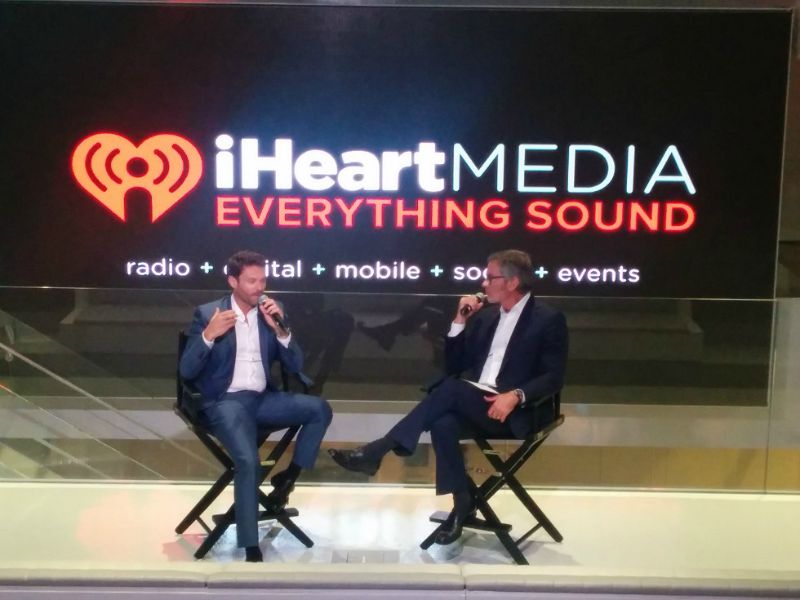Finn Partners 17 Mar 2015 // 1:49PM GMT

Be honest. How often have you shared or re-tweeted an article without reading it? How often have you opened a blog post and just read the first paragraph before moving on? Did you really feel connected to the story and the people providing their expertise on the matter discussed?
This week, I attended a presentation by Michael Zimbalist, SVP of Advertising Products and R&D at The New York Times, entitled, “Measuring Attention and Intention.” Michael spoke about how his department was taking a closer look at the relationship between readers’ attention and intention in an effort to help those of us in the audience understand how brands can create more engaging original content.
Not surprisingly, Michael’s team had discovered that the longer an ad could capture a person’s attention, the more deeply that person engaged with the brand or product. Because of this, the team is now focusing on ways to keep people on the page with sponsored content for longer periods of time. For example, the Financial Times is now charging advertisers by the length of time a reader looks at an ad or sponsored item instead of the number of clicks or shares the content generates.
While Michael’s presentation focused on advertising, he did let us know that the Times’ editorial staff has access to some of the same tracking engines and can use them to gauge what’s popular with readers. Therefore, on both sides of the earned and owned media coin, PR professionals should keep a keen eye on the quality of storytelling versus the volume of story installments: the tweets, blog posts, videos and infographics that create a brand’s overall narrative.
What can we learn from Times’ focus on this relationship between attention and intention? For one thing, it is more crucial than ever to be selective and focus on the quality information we share. There is too much noise to constantly bombard reporters and their readers with every single incremental announcement a brand makes. It’s also inaccurate to measure success solely on the number page views, re-tweets or posts. To fully engage an audience, a brand must translate people’s intent to understand a message into their undivided attention to the story.
By Liz Levit, Senior Account Executive at Finn Partners


































.jpg)














